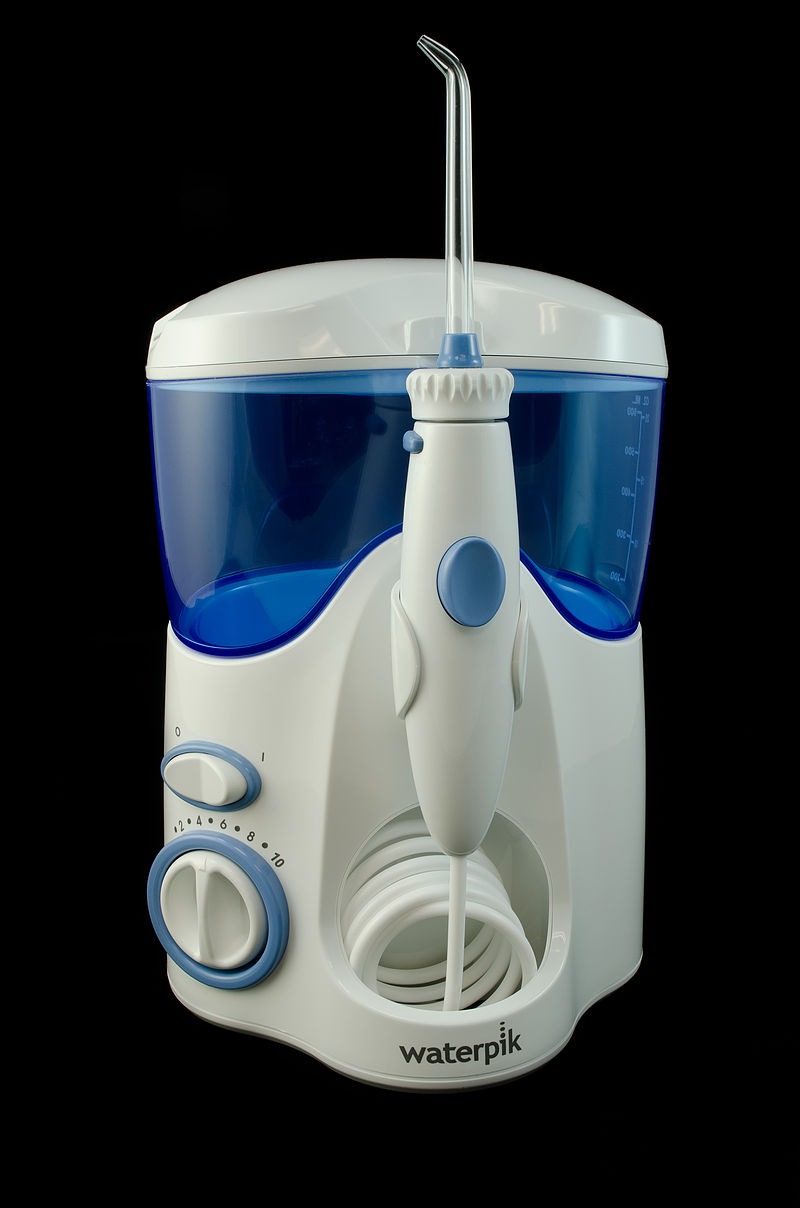Sometimes, a toothbrush is not enough to eliminate almost all the germs on your teeth; that is why several dental tools were created and developed in order for people to get proper horal hygiene. While most are familiar with dental flosses and toothpicks, there is a tool that is much more effective in cleaning areas of the teeth that cannot be reached by the bristles of a toothbrush, and that tool is the water flosser.
Unfortunately, not a lot of people in the world are familiar with the water flosser and its functions, so for this article, we will be discussing what exactly is a water flosser and what does it do for our oral hygiene.
The Water Flosser
A water flosser, sometimes known as an oral irrigator, is a device that pumps high-pressure water to its hose’s tip to push food debris and plaque out of the regions in between two teeth and the gums. Most toothbrushes won’t be able to reach those areas, which is why the water flosser is the perfect partner for it to get an almost 100% clean teeth.
The water flosser works like a dentist’s vacuum pump, but it is much more compact and is more suitable for home use since it doesn’t use a lot of power to function. In addition, the water flosser is intended to be a replacement to the standard dental floss, a cord of thin filaments that can be quite flimsy and painful to use. Those who may have a difficult time using a dental floss due to physical illness and disabilities like arthritis can use the water flosser because it doesn’t require too much human motion to work, unlike a dental floss where you have to pull the ends of its threads repeatedly.
Besides being utilized to clean the regions between teeth, the water flosser is effective in removing food debris around braces and dental implants that a regular toothbrush couldn’t do.
For the water flosser to work, there must be a motor with a pump at the bottom of the device, and a water reservoir that should be present at the container at the top of the device. A special water flosser tip is then connected to the main body and is used as an outlet for the pressurized water once the device is turned on.
Waterpik Water Flossers
Interestingly, the first oral irrigator was invented in 1962 by Gerald Moyer and John Mattingly, who were the founders of a company called Aqua Tec Corporation. Eventually, the name of their company, as well as their most popular product, will change to Waterpik, a unique word that has become synonymous with the names “water flosser” and “oral irrigator” in the United States.
There are many water flosser devices in the market, but the most popular out of all are the ones made by Waterpik.
Most Waterpik water flossers are ergonomic and portable in design, and they often boast many features that are not found in other water flossers. Waterpik flossers typically have swappable tips that can be inserted at the end of the device’s hose to serve different purposes. The Waterpik tips include the Classic tip, the Plaque Seeker tip, the Orthodontic tip, and the Pik Pocket tip.
The Plaque Seeker tip has three thin bristles at the end to brush off any stubborn plaque in hard-to-reach areas of the tooth, while the Orthodontic tip is suitable to clean braces and dental implants because it has a harder end than the Classic that increases water pressure. The last Waterpik tip, the Pik Pocket, is made to prevent gum-related diseases such as gingivitis and periodontitis by being able to reach the periodontal pocket, which is found at the very narrow space between the tooth and the gums.
Can A Water Flosser Replace a Toothbrush?
The water flosser should not be considered as a replacement for the toothbrush, mainly because they serve different functions for the teeth.
The toothbrush is more effective in cleaning most areas in the teeth because of its wide range, as each head of the toothbrush contains at least 100 bristles that can move simultaneously to sweep plenty of germs and bacteria out of a tooth. A water flosser won’t be able to provide a wide cleaning range since the device’s tip should have a small hole to raise the pressure coming out of the water pump further.
However, what the water flosser is good at is its ability to reach smaller spaces or gaps on the teeth that a single bristle of a toothbrush cannot go through. As mentioned previously, the water flosser has the same functions as the dental floss, but it is easier to use since you don’t have to look at the mirror while flossing. The water flosser is also faster to use since you can automatically clean the next tooth in a matter of seconds, as opposed to the dental floss where you must carefully transfer its threads to the next gap, which can often take a lot of time to do.
All in all, the water flosser is not supposed to be a replacement but a partner to the toothbrush to cover all areas of your teeth.

